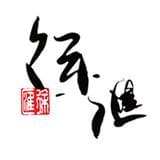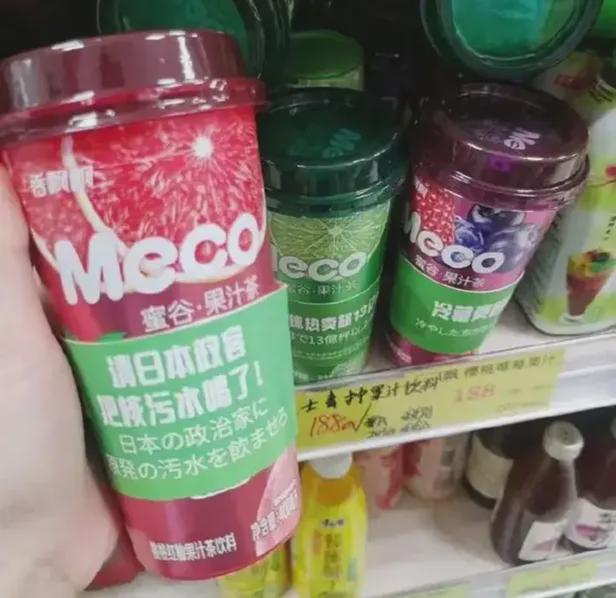
点击上方蓝字获取更多精彩
华山路831号(孙多森旧居)
孙多森旧居位于华山路831号,建于1918年,占地面积约3200平方米,建筑面积825平方米,属西班牙建筑风格的花园住宅。
建筑为三层砖混结构,正立面一层底部架空,开券形门洞,有螺旋纹柱。二层退为露台,有连续的拱券门洞,方形窗洞和券形窗洞相间,上有红色筒瓦雨厦。黄色水泥拉毛墙面,红筒瓦四坡顶。
屋前有花园。现为上海市拥军优属基金会使用。2005年10月31日上海市人民政府公布其为市优秀历史建筑。

孙多森简介
孙多森(1867-1919),安徽寿州(今寿县)人,字荫庭。1898年与其兄孙多鑫在上海创办阜丰面粉公司。1911年武昌起义后,经袁世凯举荐任清廷内阁和议代表。1913年任中国银行总裁,同年,袁以“皖人治皖”名义令其接替革命党人柏文蔚安徽都督等职务,遭省议员反对,遂被软禁。1914年任参政院参政,并创办通惠实业特种公司等企业。1916年开办中孚银行,在全国设分行,自任总经理。1919年7月6日在天津病故。

孙多森
“中国第一个银行条例缔造者”
孙多森生于书香门第,父辈为官,母亲是李鸿章的侄女,她教育孙多鑫、孙多森兄弟说:“当今欧风东渐,欲求子弟不坠家声、重振家业,必须攻习洋文,以求洞晓世界大势,否则断难与人争名于朝,争利于市……”这一观念深深影响了孙多森。
清朝末年,清政府开始鼓励工商业,对面粉生产给予免税优惠,而国产面粉在质量上仍明显逊于进口面粉,孙多森看到了机制面粉的广阔前景,下决心要生产出质量与价格均有竞争力的国产面粉。
孙氏兄弟首先将厂址选在地价低廉的苏州河边,考察了新近落成的英商增裕面粉厂,学习了面粉制造工艺流程;随后斥资白银5万两从美国购入了16部钢磨,并聘请了多国职员参与工厂的建设与管理。
经过精心筹备,阜丰面粉厂于1900年投产,孙氏兄弟以自行车图形作为面粉商标,寓意着如新生事物般充满活力、蓬勃向上。刚投产时,面粉厂每日产量2500包,随着4年后新建车间落成,每日产量增至7000余包。
此外,阜丰面粉厂还改进了面粉配方,使用进口小麦与国产小麦混合,让产品更合乎国人口味并物美价廉。同时,通过推出小包装产品、向点心店推销等方法,逐渐打开了市场。

阜丰面粉厂的“自行车”商标
孙多森兴办实业的成功,令袁世凯瞩目。1912年袁氏就任大总统后,孙多森当选为国会议员,并被委任为中国银行总裁。1913年由孙多森主持修订的《中国银行条例》是民国财政部公布的第一个中国银行条例。不久,袁世凯野心膨胀,向孙多森提出由中国银行发行准备金以筹措经费。孙多森婉言拒绝道:“发行准备金关系国家大信,一旦基金动摇,失信于民,则国家不幸,亦即于我公不利,不如另筹他法。”
1913年6月,孙多森被免去中国银行总裁职务。之后不久,孙多森赴日本调查实业,回国后又创办了通惠实业公司、中国实业公司等企业。

孙多森 (齐亚明画)
Introduction of former residence
of SUN Duosen
The former residence of SUN Duosen, situated at No. 831 on Huashan Road, was built in 1918, coveringan area of about 3,200 square meters with a construction area of about 825 square meters. The building is agarden house of the Spanish architectural style. It is a three-storied structure of brick and concrete. The frontfirst floor was built on stilts with open arch-shaped gate and columns of swirl marks. The second floor recessesto form colonies and has continuous arch doorways. Square and arch windows alternate with each other withred pantile as canopies. It has yellow walls with napped stucco veneer and a four-sloped roof with red tiles. Infront of house is a garden. It is now occupied by the Shanghai Municipal Army-Supporting Fund. On October 31,2005, it became a Heritage Architecture issued by the Shanghai Municipal People’s Government.
SUN Duosen (1867-1919), with a courtesy name of Yinting, has his ancestral family in Shouxian County in Anhui province. In1898, he and his brother founded Fufeng Flour Company in Shanghai. In 1911 after the Wuchang Uprising, he served as the peacemaking representative of the cabinet of the Qing Dynasty under the recommendation of YUAN Shikai. In 1913 he served as presidentof the Bank of China. In the same year, YUAN ordered him to take the place of a revolutionist to serve as the military governorand other posts in the name of “governance of Anhui by people from it”. But this was opposed by some members of provincialgovernment and he was subsequently under house arrest. In 1914, he served as councilor of the State Council of the YUANGovernment. In addition, he founded such enterprises as the Tonghui Industrial Special Company. In 1916 he set up Zhongfu Bankwith branches opened in the whole country and served as its general manager. He died of illness in Tianjin on July 6, 1919.
SUN Duosen was born in a family of scholar and his forefathers were officials. His mother was a niece of LI Hongzhang andinstructed her two sons by saying that “the western civilization has influenced China and you need to learn foreign languages inorder to revitalize the prosperity of the family andhave a clear understanding of the trend of the world.Otherwise it would be absolutely difficult to strivefor a name in the country and contend for benefit inthe world...” He was deeply affected by this idea.
At the end of the Qing Dynasty, the governmentbegan encouraging industry and commerce. Itimposed free tax on the production of flour whilethe quality of domestically produced flour remainedsignificantly worse than the imported. Seeing thebroad prospects for the machine-made flour, SUNmade up his mind to produce domestic flour withcompetitive quality and price. He and his brotherselected the site of the factory at the riverside of theSuzhou River where the price of land was low. Theyalso carefully investigated the Zengyu Flour Factory newly completed by British merchants and got a detailed understanding of themilling process. Then they spent fifty thousand taels of silver in purchasing 16 steel mills from the United States in order that theirflour yield could be more than that of Zengyu Flour Factory. Moreover they recruited talents regardless of their nationalityto enhance the management. After careful preparation, the Fufeng Flour Factory went into operation in 1900. The brothers decidedto use the figure of bike as the trademark of their flour, meaning that their factory was energetic and vigorous. In the beginning, thedaily production of their flour mill added up to 2500 bags. Four years later after the completion of the new workshop, the daily outputincreased to more than 7000 bags. By improving the flour raw materials with the mixture of imported and domestic wheat, the floorproduct was more in line with the tastes of the people and was less expensive. Also they adopted small packaging of a few kilogramsto satisfy the needs of dim sum shops, thus establishing the market.
His industrial success attracted the attention of YUAN Shikai. After YUAN became the president in 1912, SUN was elected asmember of the Congress and was appointed as president of the Bank of China. In 1913, the China Bank Regulations, the revision ofwhich was chaired by SUN, was the first of its kind issued by the Ministry of Finance of the Republic of China. Soon YUAN was soambitious as to propose to SUN that the Bank of China should issue reserves to raise funds. SUN politely declined, saying that “issuingreserves is associated with the national trust and once it is shaken and the government loses the confidence of the people, that wouldbe the disaster of the state and could not be beneficial to us. So I would rather suggest seeking for other ways.”
In June 1913, SUN was removed from the post of president of the bank. Soon after that he went to Japan to do investigation ofindustry. After he came back he founded such companies as Tonghui Industrial Company and China Industrial Company.
来源:慢品上海湖南社区、《200031——一个历史街区的文化记忆》








































热门跟贴